Bringing art and culture to the street
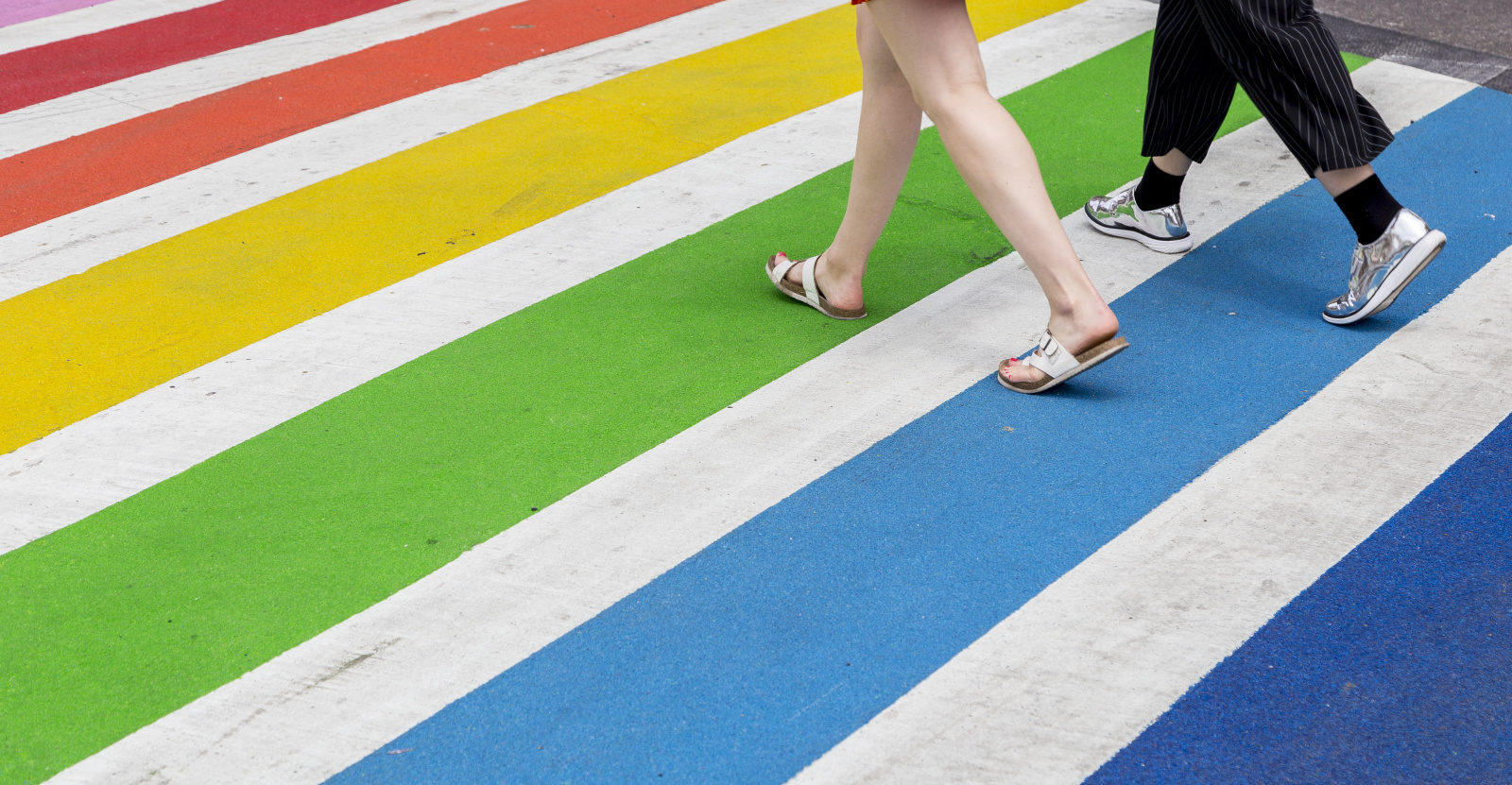
Ames, Iowa made national headlines this fall for painting rainbow crosswalks and then ignoring a request from USDOT to remove them. The incident highlights one way outdated federal guidelines prevent communities from making their streets safer and more pleasant with art and culture. But there are other ways for communities to add some color to streets while improving safety without running afoul of the feds.

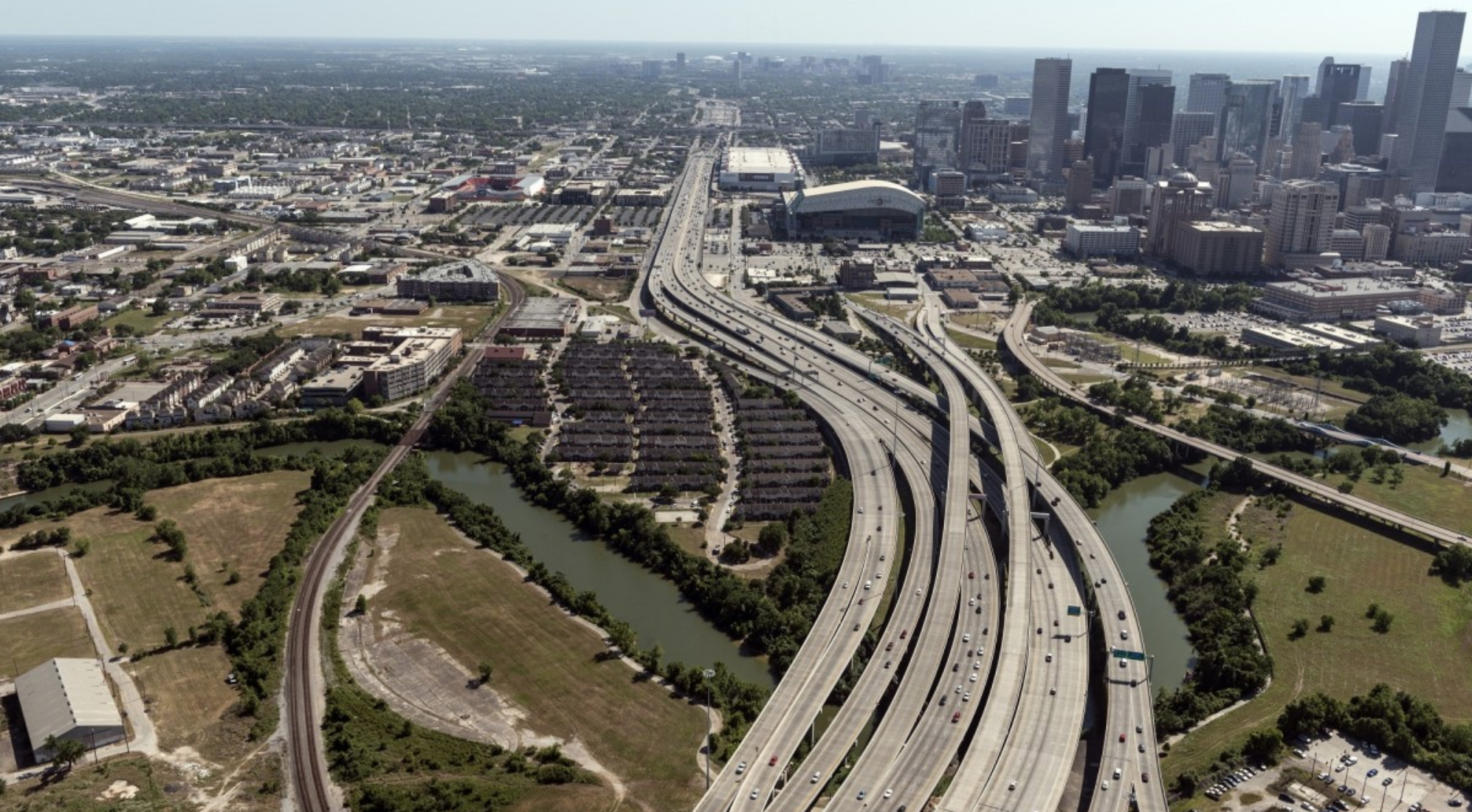
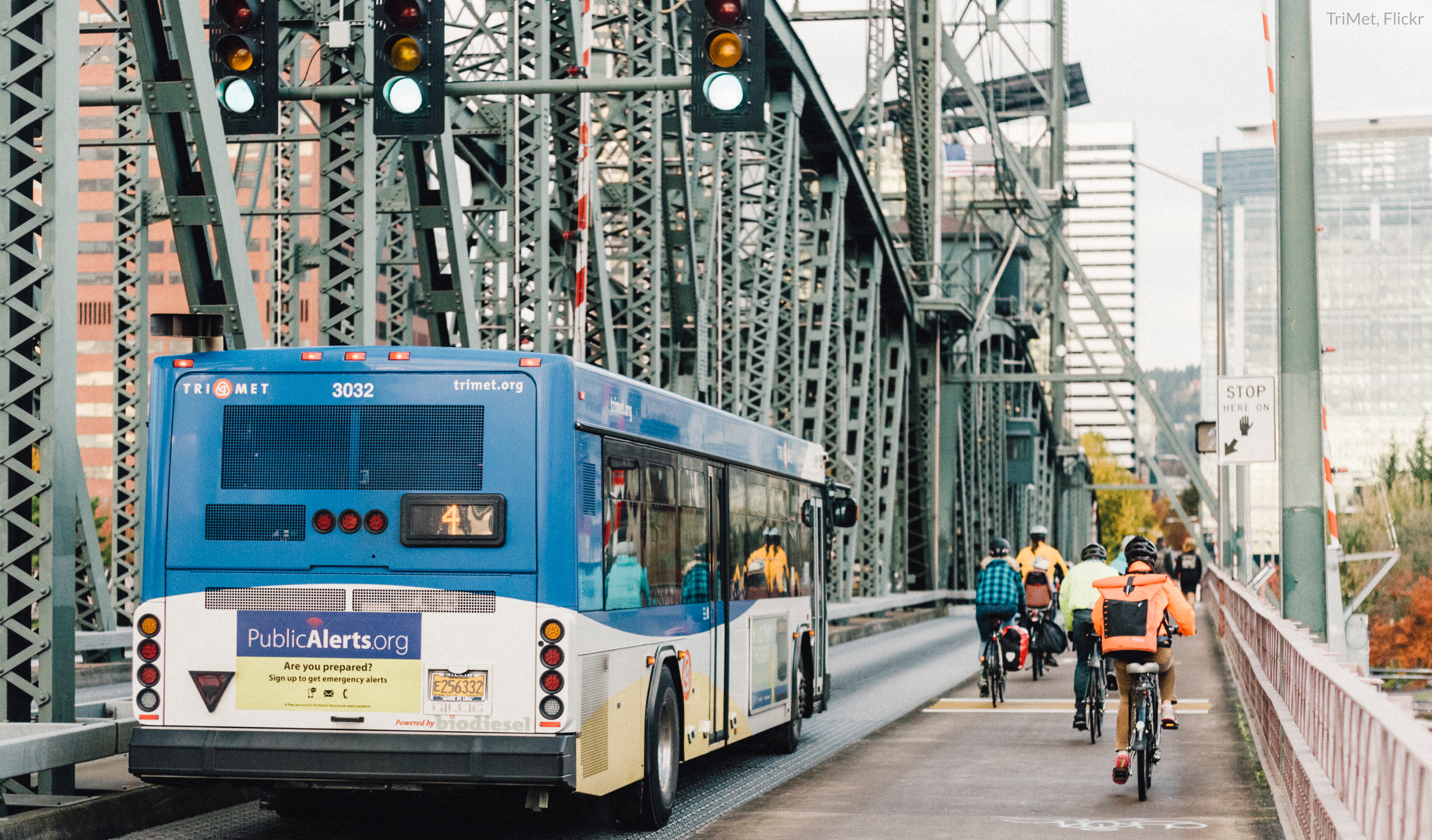
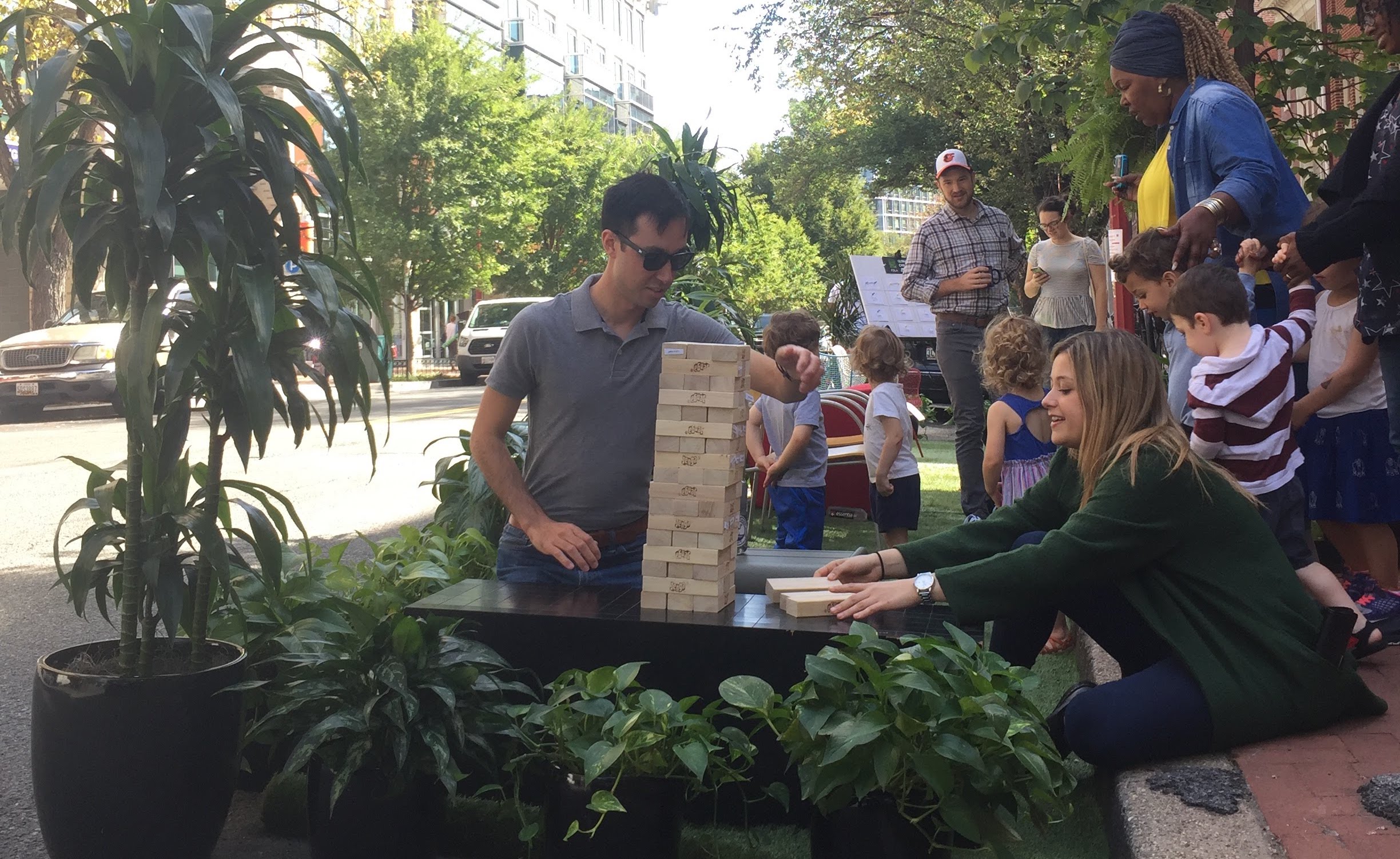
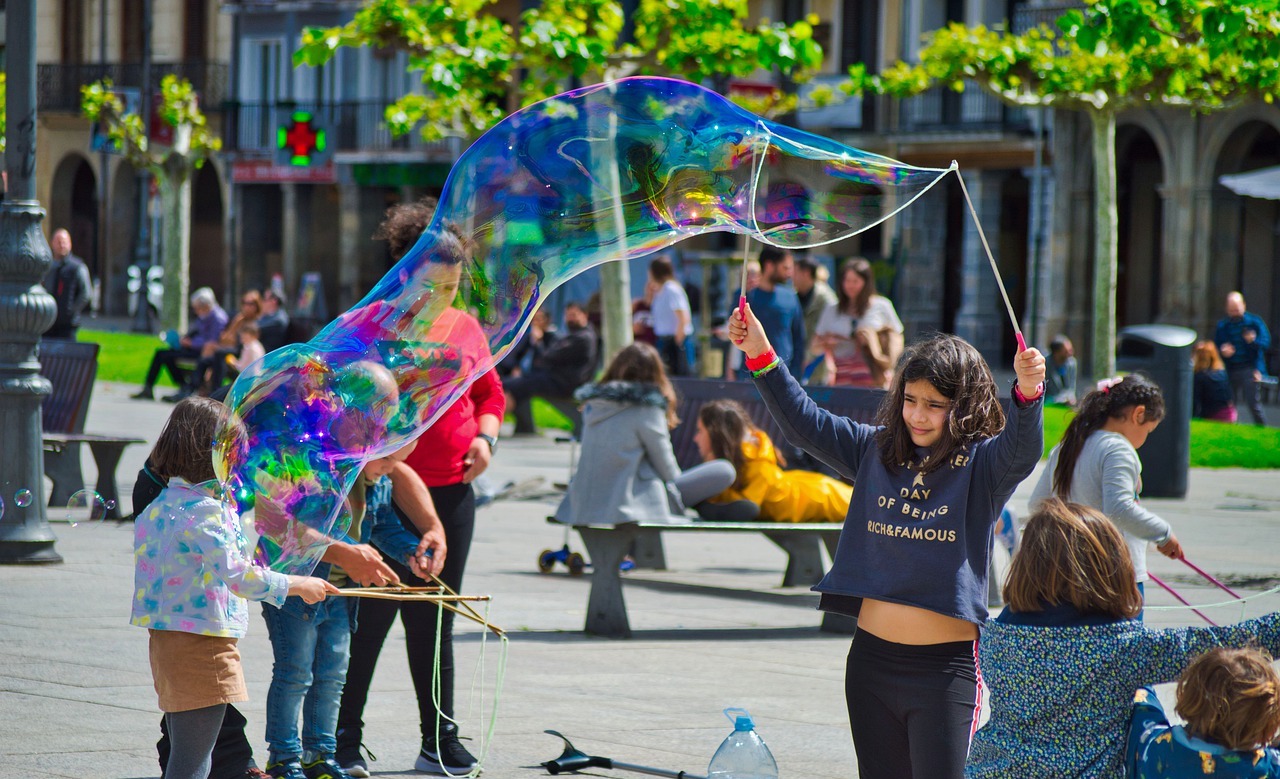
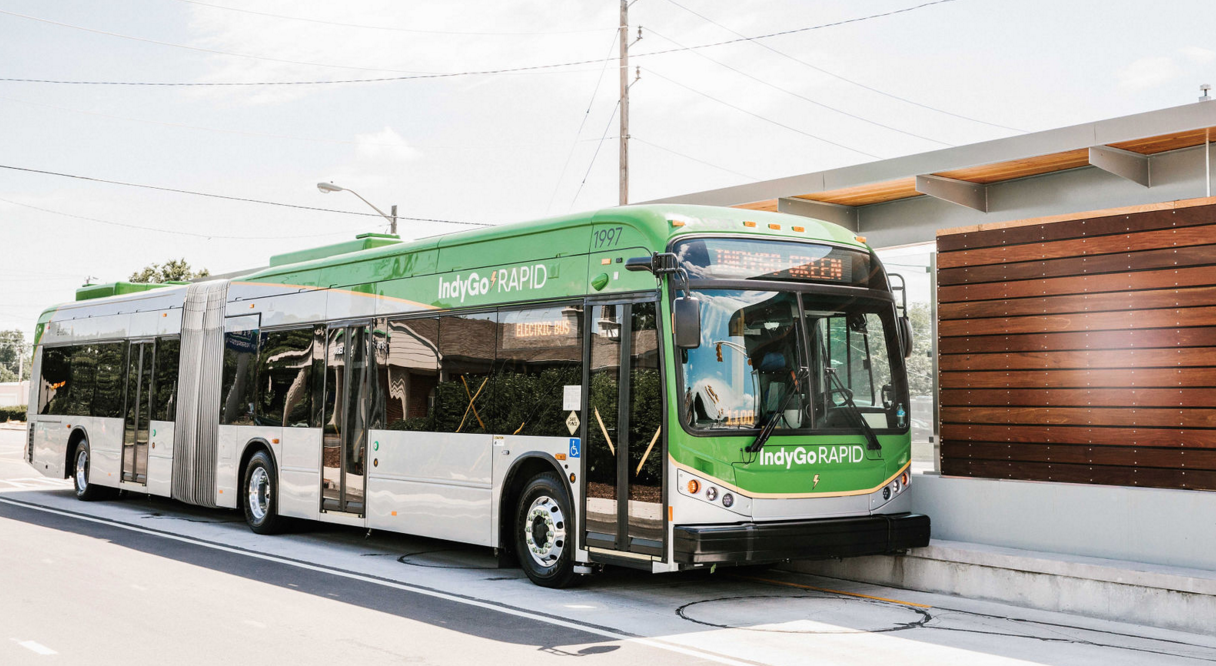
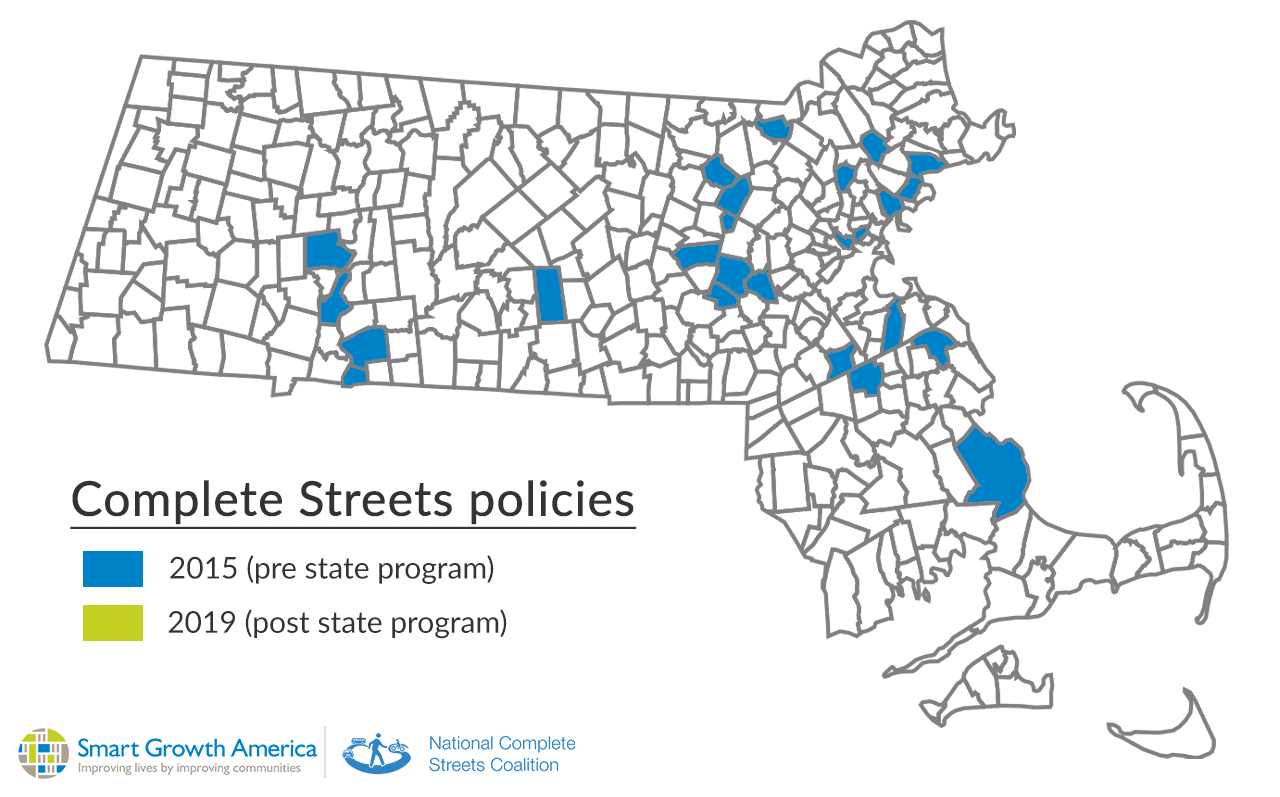
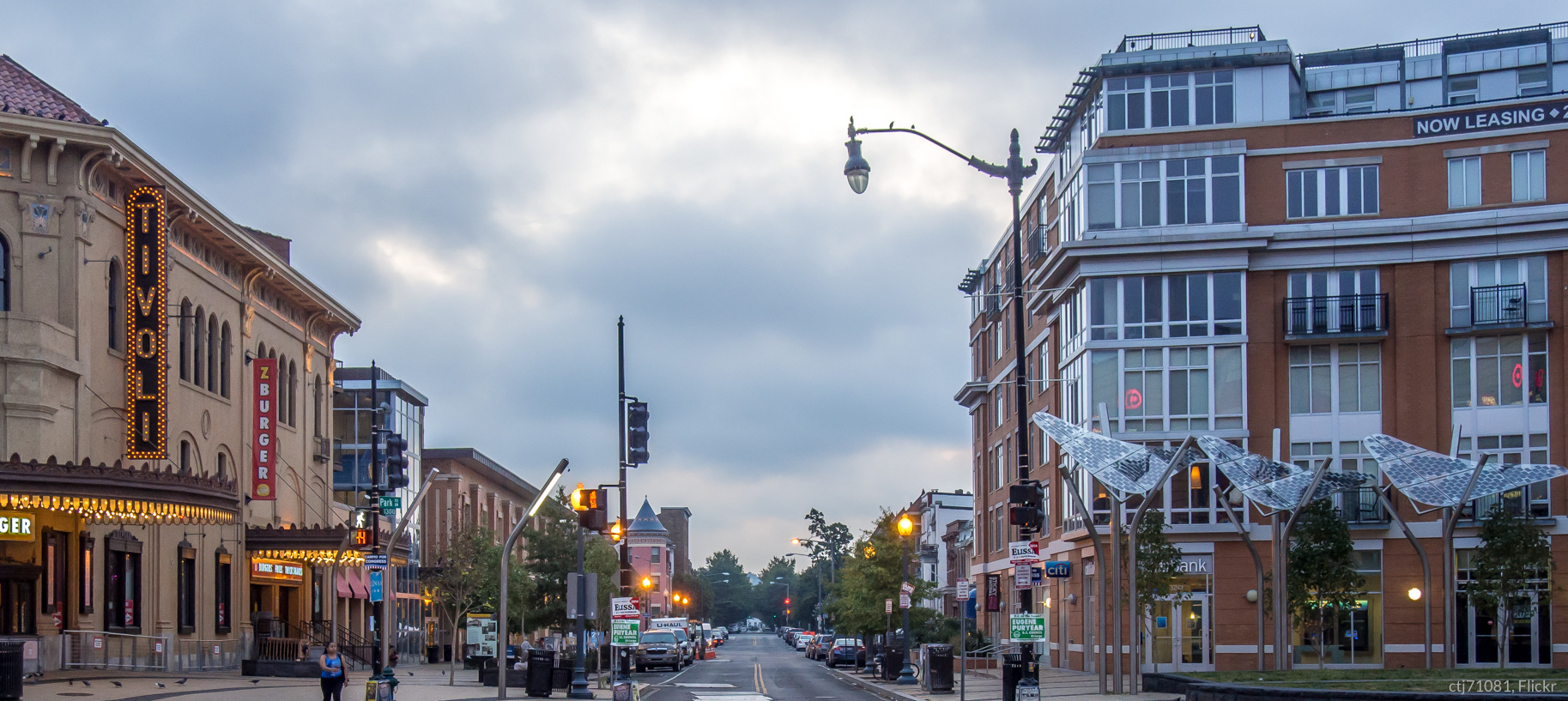 The popular narrative about younger generations aging and leaving urban centers is presented as inevitable. But most news stories fail to examine why many younger people are taking up residence in suburbia—or whether or not the suburbs they’re choosing have more in common with cities or the exurbs their parents preferred. Perhaps their move to the suburbs is more a product of constrained housing supply that leaves them with little choice but to decamp as they grow.
The popular narrative about younger generations aging and leaving urban centers is presented as inevitable. But most news stories fail to examine why many younger people are taking up residence in suburbia—or whether or not the suburbs they’re choosing have more in common with cities or the exurbs their parents preferred. Perhaps their move to the suburbs is more a product of constrained housing supply that leaves them with little choice but to decamp as they grow.